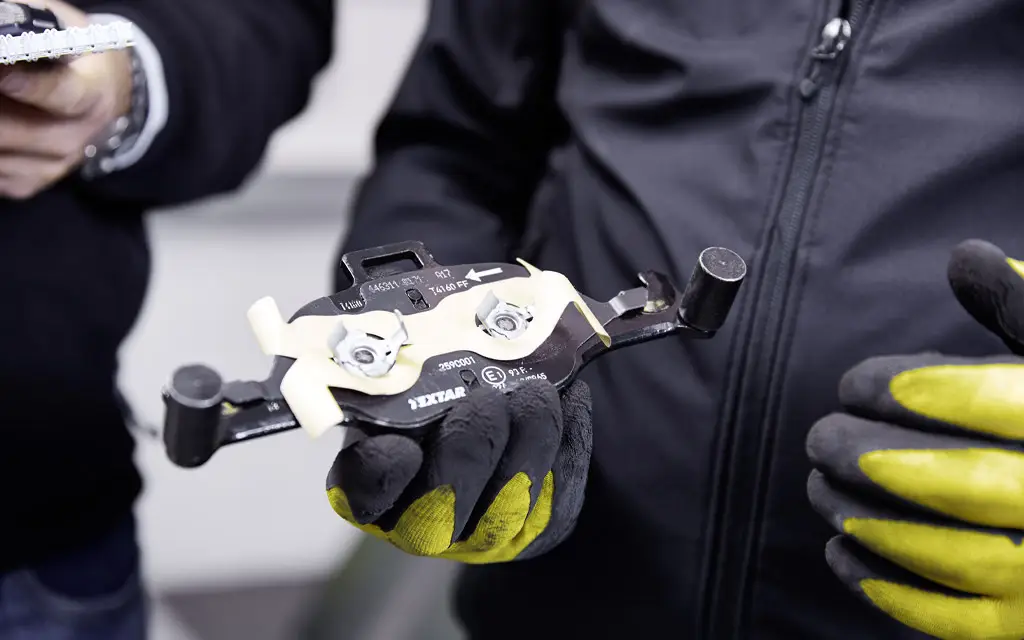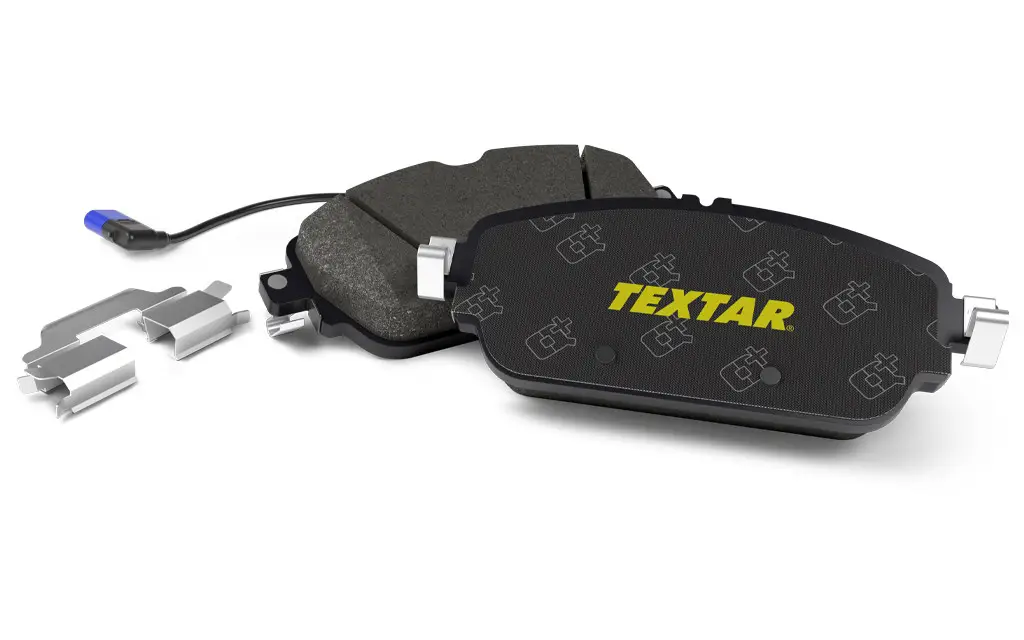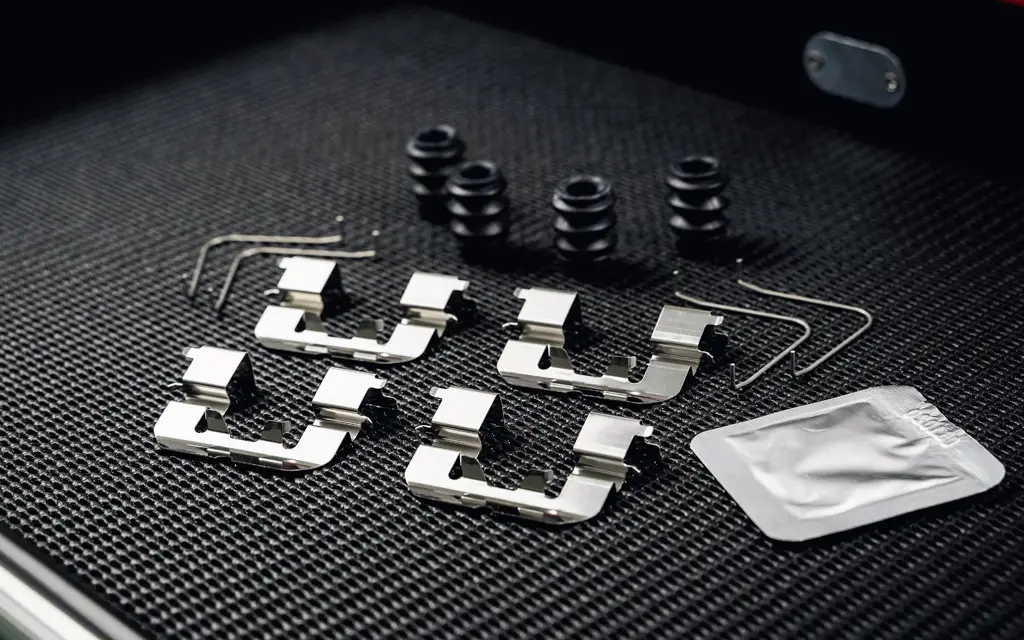Correct fitment: Not all pads are the same

Scott Irwin, Head of Technical Training at Textar, a leading global manufacturer of brake friction products, advises his top tips for brake replacement success:
Correct fitment: Not all pads are the same
As each brake pad is developed to match and work cohesively with the vehicle’s braking system, not all brake pads are the same and may require a slightly different approach when fitting. In particular, directional pads or parts with a shim can be the biggest culprits of incorrect fitment.
Directional brake pads are designed to ensure braking force is applied evenly across the disc, reducing noise and improving braking performance. Installing directional brake pads incorrectly can result in uneven wear on the pads and disc, which can lead to reduced braking efficiency, noise, and even brake failure.
Shims are pieces of thin metal or rubber – or sometimes a composite of both – that are placed between the brake pads and the caliper to help reduce noise and vibration when the brakes are applied. They are designed to absorb and dampen the vibrations that occur when the brake pads make contact with the disc, as well as general noise within the brake system.
Shims can be particularly important when installing directional brake pads, as they help to ensure the brake pads are correctly aligned. They also help to prevent the brake pads from rattling or vibrating, which can be problematic with high-performance brake systems that generate a lot of heat and noise.
At TMD Friction, we have been developing and refining our shim technology for a number of years to create specially engineered features that dampen brake noise and improve performance.
In some cases, a brake pad may have a shim already fixed to the pad and no additional steps are required, however, some parts may have a detachable shim that should be clipped onto the brake pad backplate before fitment.

If there are added extras, our golden rule is: if it’s in the box, then use it. It’s surprising how many times we see accessories being thrown away if a technician isn’t 100% sure how to use them. It is always worth researching how to fit added extra parts, review the instructions in the box, or speak to the manufacturer’s technical team, as it will make a huge difference to the performance of the braking system.

About TMD Friction
TMD Friction is a leading global supplier of high-quality brake friction solutions to the automotive and brake industries. The company develops and manufactures disc brake pads and drum brake linings for passenger cars and commercial vehicles.
TMD Friction supplies vehicle manufacturers with premium products for original equipment, as well as being a driving force in the international aftermarket with the brands Textar, Mintex, Don, Pagid, Cobreq, and Bendix. The product portfolio also includes brake friction products for motor racing under the Pagid Racing and Mintex Racing brands and for industry applications under the Cosid brand.